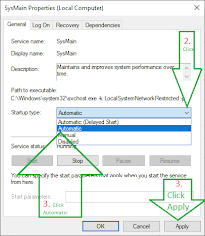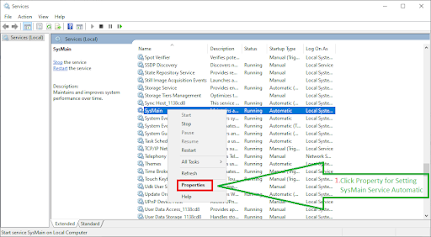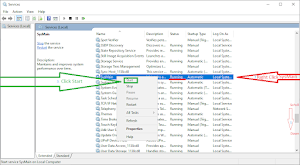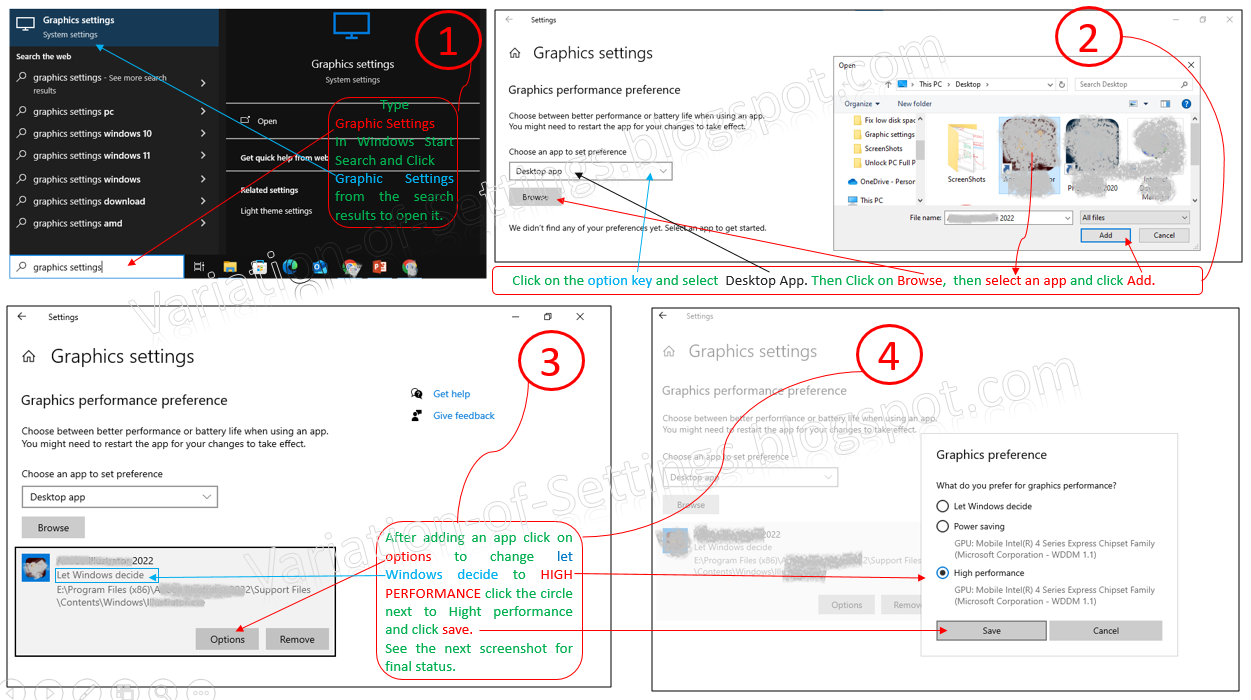Enable ReadyBoost To Resolve Slow Speed Issue of Your PC
What is ReadyBoost?
One of the effective methods to improve your system's performance is by using ReadyBoost in Windows 10/11. This software component utilizes the disk caching feature and works in conjunction with the Sysmain service (also known as super fetch) which determines where to store files. Essentially, this feature allows you to use an external USB flash drive or SD card to enhance your PC's speed without opening up your computer to add more physical memory or when your device does not have any available slots to support additional RAM. The device you choose (USB flash drive or SD card) is utilized by the system as additional RAM. This method eliminates the need to add any internal hardware, as a USB or memory card is easily available. To use this feature, ensure that you have at least 500 MB free and a high data transfer rate on your USB flash drive or SD card.
To use ReadyBoost, please follow these steps:
1. Insert a USB flash drive or an SD card into the USB port or memory card slot on your device.
2. Access the drive by typing "This PC" in the search bar next to the Start menu and clicking on it in the results. Alternatively, you can right-click on the Start menu, select "File Explorer", look for "This PC" in the left pane, and open it.
3. Once you locate the USB flash drive or SD card, right-click on it, click on "Properties", and select the "ReadyBoost" tab.
4. From there, you can either choose to "dedicate this device to ReadyBoost," which means that the system will only use it for ReadyBoost, and you won't be able to use it for data, or "use this device," which means that the system will use the drive for speedup, and you will still be able to use it for other purposes.
5. Lastly, select the amount of space you want to allocate for ReadyBoost, click "Apply", and then "OK".
Screenshots taken from Microsoft Windows.
If the ReadyBoost feature is not applicable, then you can start the Sysmain service. To do this, open the Run dialog box by pressing Windows + R, then type "services.msc" and press Enter. Scroll down to the Sysmain service, right-click on it, and select Start. To ensure that the service starts automatically, right-click on it again, select Properties, then change the Startup Type to Automatic and click on Apply.


It's particularly helpful for computers with limited RAM, offering extra space for data caching and improve performance. Its effectiveness varies based on the USB drive's speed and available space. It's more beneficial for systems with slower hard drives and less RAM, whereas systems with sufficient RAM or fast SSDs may see minimal benefits.
Other operating systems offer features similar to ReadyBoost
Linux: Users can use applications like SoftPerfect RAM Disk, Primo Ramdisk, and Dataram RAMDisk to create virtual disk drives from system memory, enhancing retrieval speed.
macOS: It lacks a feature identical to ReadyBoost, but includes Virtual Memory (swap space) to boost system performance by using a portion of the hard drive as extra RAM. Time Machine is also available for data backups, though not specifically for performance enhancement like ReadyBoost.
These alternatives use system memory to create virtual disk drives, allowing files and applications to operate directly from memory for improved speed and performance.







.png)


Comments
Post a Comment